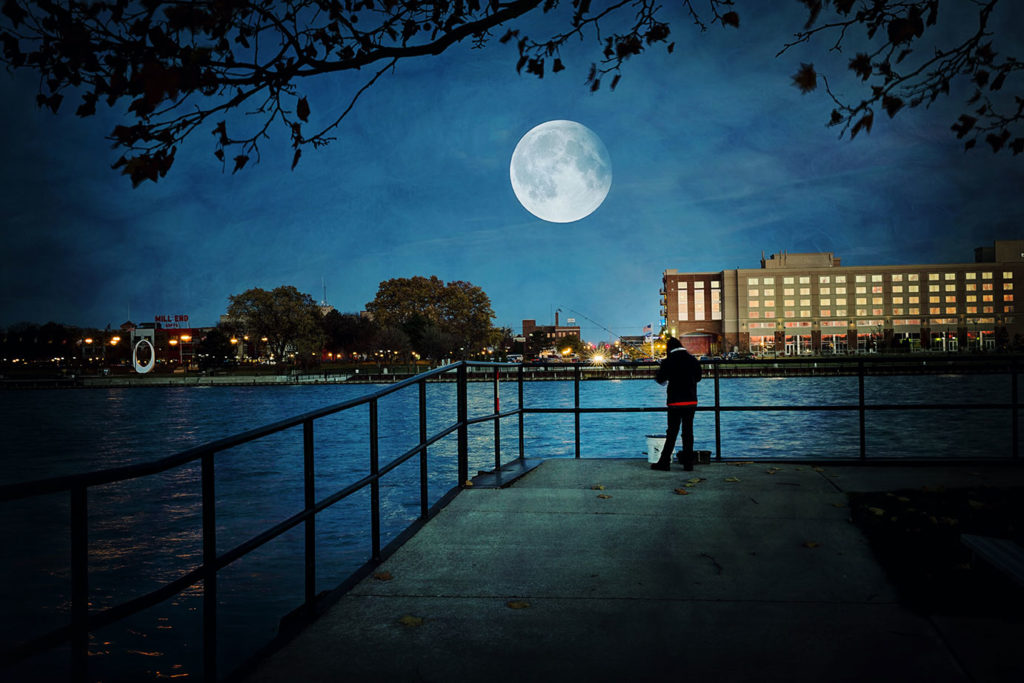
Moon pictures are astonishing, enlivening, energising, tempting and empowering. At some point, we all have attempted to capture photos of the moon. However, in most of the cases, results are not desirable and we often have to settle with a hazy picture or a bright spot in the middle of the picture.
In this article Sam Crawford will try to show you some essential tips that will help you shoot some of the most awesome moon pictures. You might not be aware, but rather the vast majority of people have the required gear at their homes.
All you need is a camera that provides you shutter control and aperture setting with a zoom lens that has 300 mm power. Got scared? Don’t let this scare you away as there’s no need of an advanced DSLR camera. You can utilise your simple to use camera if it comes with a 10x zoom because that’s all required.
Have a look at these amazing tips that will help you to capture mesmerising pictures of the Moon:
- Exposure
Moon is seen as a night object, so change your camera to the night mode settings. However, you’ll be a bit surprised to know that this is not the right approach. You don’t need night preset mode, you also don’t require a slow shutter speed and you don’t need all the light to hit the sensor.
At auto mode the camera won’t be able to understand the circumstance and will deliver an over-exposed picture with no details. In order to attain the best exposure of the moon photograph you have to reduce the exposure by 1 to 2 stops and you can utilise any aperture settings. However, for these images Sam Crawford would recommend using f- number between 3 and 8.
- ISO
Nobody likes to capture grainy image or have noise in the photograph. Have a go at utilising the least possible ISO of your camera to stay away from extreme noise. Sam Crawford Photography suggests using ISO 100 for moon photographs. Furthermore, keep in mind that the higher the ISO, there’ll be more noise.
- Shutter Speed
The moon is continuously moving or in other words, the subject is in a constant motion. Just like any other moving objects you need to utilise quick shutter speeds. Use a moderately quick shutter speed with a lower f-number to get a somewhat underexposed picture. Additionally remember that you are not utilising a tripod so maintain the shutter speed sufficiently high to stay away from any shake. Sam Crawford suggests using a 300 mm zoom lens and 1/250 for the shutter speed. Obviously this is changeable and you can change it later depending on your setting.
- The Right Time To Shoot
Although dark nights are considered ideal to capture pictures of the moon, but for astonishing and mesmerising moon photographs, you should capture it right after the dusk or just before the dawn.